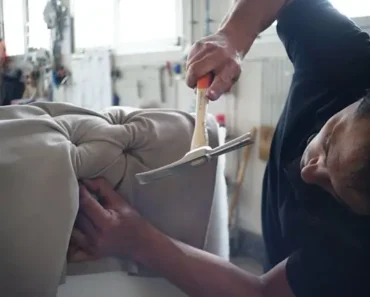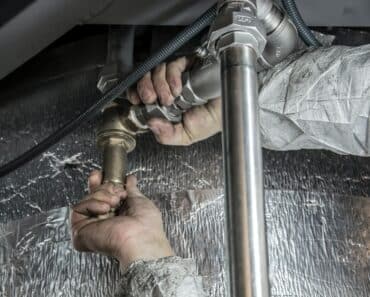
Sustainable


10 Eco-Friendly Hobbies to Explore

10 Creative Ways to Repurpose Old Furniture

10 Energy-Efficient Appliances for Your Home

10 Steps to a Zero-Waste Bathroom

10 Sustainable Travel Destinations for Eco-Conscious Explorers

10 Green Building Materials for Sustainable Construction

9 Ways to Upcycle Common Household Items

10 Eco-Friendly Office Practices for Businesses

10 Tips for Sustainable and Ethical Shopping

10 Ways to Reduce Food Waste in Your Household

10 Eco-Friendly DIY Cleaning Product Recipes

9 Tips for Mindful and Sustainable Eating

10 Native Plants for a Low-Maintenance Sustainable Garden

10 eco-friendly home renovation ideas

10 Ways to Lower Your Carbon Footprint When Traveling

10 Simple Ways to Reduce Water Waste at Home

10 Ways to Make Your Commute More Sustainable

10 Tips for Creating a Zero-Waste Kitchen

10 Eco-Friendly Alternatives to Single-Use Plastics
DIY

Illuminate Your Home: A Guide to Crafting Hand-Poured Soy Wax Candles

Crafting with Nature: DIY Projects Inspired by the Outdoors

Kitchen DIY: Simple Recipes for Homemade Condiments, Sauces, and Preserves

Easy Woodworking Projects for Beginners: Build Your Own Bookshelf, Picture Frame, and More

Repurposing Old T-Shirts: Creative DIY Projects for a Sustainable Wardrobe

Unleash Your Creativity: Simple Sewing Projects for Beginners

Build Your Own Raised Garden Beds: A Step-by-Step Guide

Crafting with Kids: Fun and Educational DIY Activities

Transform Your Space: Budget-Friendly Home Decor DIY Projects Under $50

9 Creative Ways to Upcycle Old Furniture

10 DIY Home Security Upgrades to Keep Your Family Safe

10 Steps to Designing the Perfect Outdoor Space

10 Most Common Plumbing Issues and How to Fix Them

10 Tips for Painting a Room Like a Pro

10 Must-Have Safety Precautions for DIY Home Projects

10 Steps to a Successful DIY Kitchen Renovation

10 Eco-Friendly Materials for Sustainable Home Renovations

10 Budget-Friendly Home Improvement Projects Under $100

10 Creative Ways to Add Storage to a Small Space
